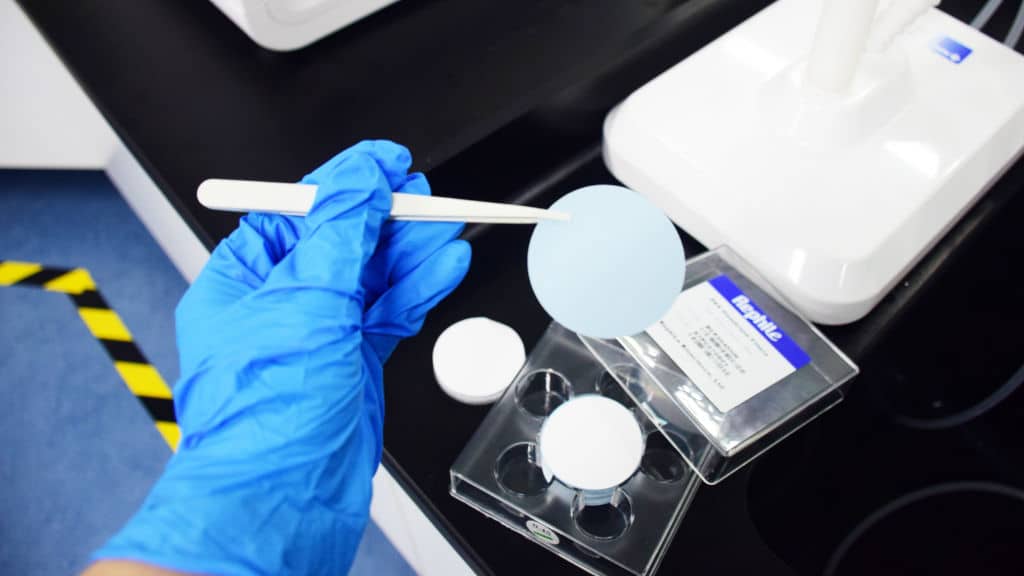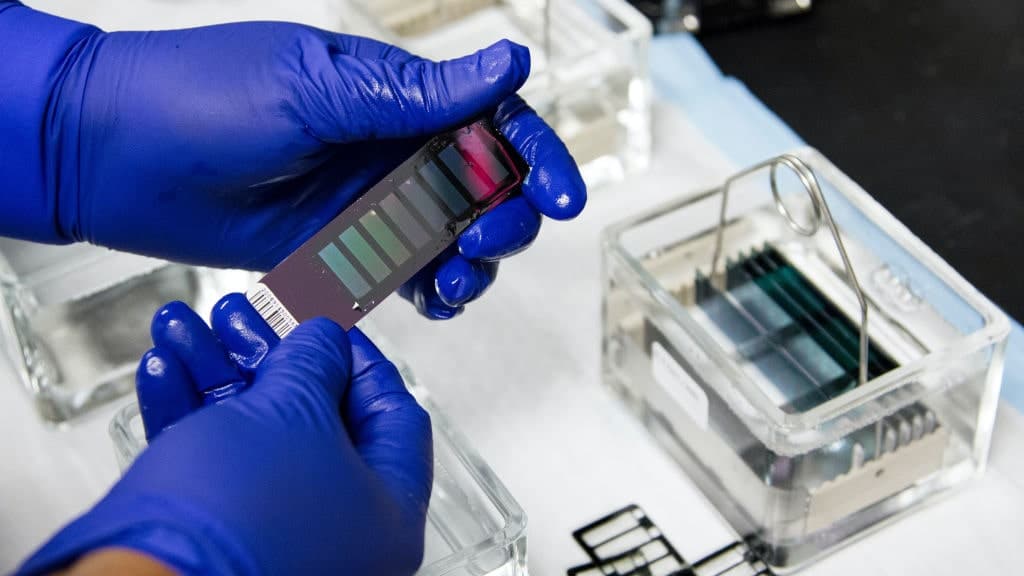Forensic science is an invaluable aspect of the criminal justice system in the United States. This is because of the wide range of crimes that can be unmasked with its analytical procedures. One of the significant aspects of forensic science is forensic toxicology. It is an integral aspect of forensic science that plays a vital role in solving drug-related crimes.
What is Forensic Toxicology?
According to the National Institute of Justice, “forensic toxicology is the analysis of biological samples for the presence of toxins, including drugs.”
Forensic toxicology is essential in solving crimes, while forensic animation can be used to portray the discoveries made by forensic toxicology experts in court. There are four disciplines of forensic toxicology used in determining drug content in the blood.
What Are The 4 Disciplines Of Forensic Toxicology?
Forensic toxicology is vital in drug-related crimes because it investigates how much toxin is present in a person. Forensic toxicology may be needed for drug-related offenses, including murder, rape, drunken driving, road accidents, assault and battery, and negligence.
The use of drugs in each scenario may be different from the other. For instance, a criminal may have ingested some drugs, which can interfere with his thinking process, leading them to drive drunk, cause an accident or even assault another person.
In all these, the four disciplines of forensic toxicology play significant roles in shedding more light on individual incidents. This way, the forensic toxicology expert can recreate the crime scene with the data that may have been derived from the analysis that has been carried out.

Here are the disciplines of forensic toxicology and their specific roles in solving crimes:
- Post mortem forensic toxicology
Issa (2019), in her article, submitted that “postmortem forensic toxicology is dealing mostly with investigations of abnormal deaths, or when drug intoxication incidence is assumed as a cause of death and no abnormal findings were detected during autopsy.”
It comes to play when death is suspected to be associated with the use of drugs.
In such cases, forensic toxicology experts are expected to examine the dead body and run some biological tests to trace if there has been some use of drugs on the victim.
- Human performance toxicology
Human performance toxicology deals with investigating the impact of drug abuse in human activities and the legal actions resulting therefrom.
In an article by Assignment Point, it was simply explained as “the study of human response to environmental conditions and stimuli under the influence of drugs.” It was further described that this toxicology deals with the effects of alcohol and drugs on human performance and behavior and the medico‐legal consequences of drug and alcohol use.
In essence, it investigates human performance influenced by drug use, such as vehicular assault, impaired driving, homicide, and other drug-facilitated crimes.
- Forensic drug testing
The importance of forensic toxicology is seen in this aspect of forensic science.
It properly answers the question: What is the role of forensic toxicology?
Forensic drug testing entails the analysis of a person’s urine, blood, sweat, hair, or oral fluids to determine if a person’s system contains drugs or alcohol.
This is simply to garner sufficient evidence to ascertain if a crime involves the improper use of drugs to the detriment of another person.
- Medical toxicology
The Association of American Medical Colleges defined medical toxicology as the prevention, evaluation, treatment, and monitoring of injury and illness from exposure to drugs and chemicals and biological and radiological agents.
It was further revealed that this aspect of forensic toxicology is vast and covers areas such as “acute drug poisoning, adverse drug events, drug abuse, addiction and withdrawal, chemicals and hazardous materials, terrorism preparedness, venomous bites and stings, and environmental and workplace exposures.”

In each of the aforementioned aspects of forensic toxicology, it is clear that every part of it is geared toward solving drug-related offenses. When the results have been derived from the numerous analyses, forensic animation can be created by the forensic toxicology expert to communicate the findings in a less technical way to the jury.
In conclusion, lots of drug-related crimes are committed on a daily basis, and the ministry of justice is out to fight them in every respect. When such cases arise, a forensic toxicology expert in liaison with an experienced forensic animation company can work together to create comprehensive evidence in court.






